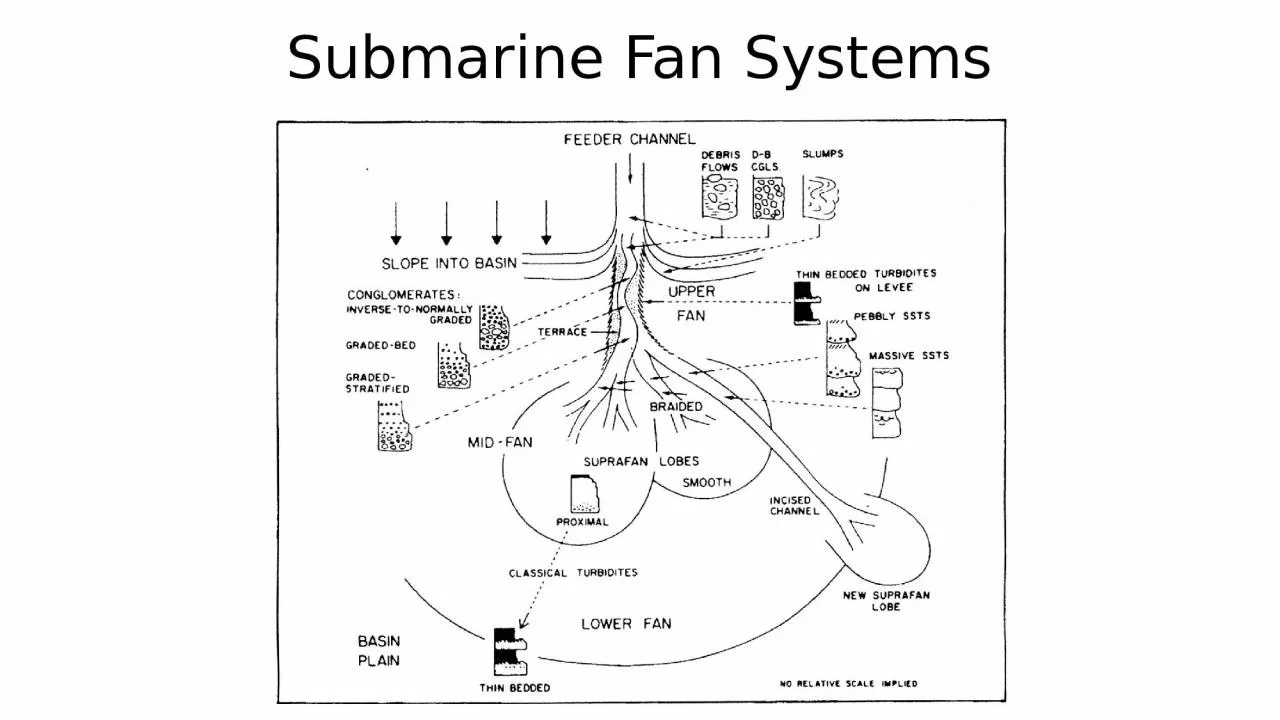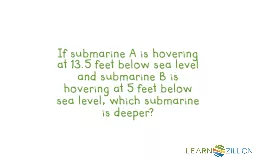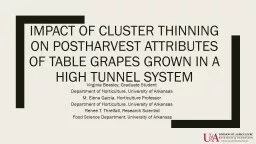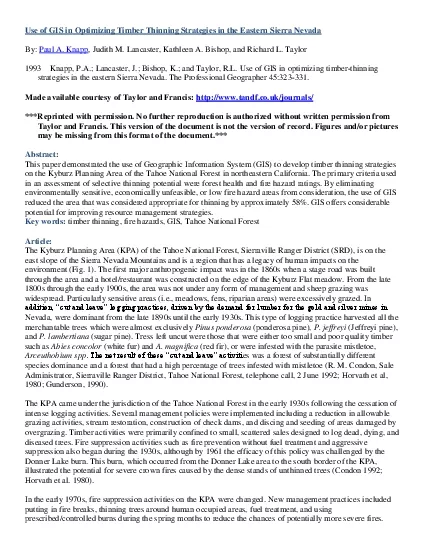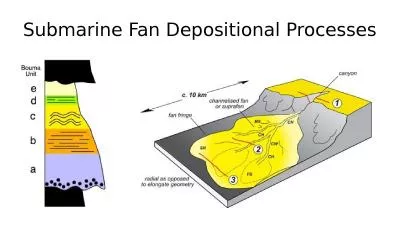PPT-Submarine Fan Systems Fining and thinning-upward
Author : harmony | Published Date : 2023-09-25
or coarsening and thickeningupward successions are common in submarine fan environments Cyclicity may result from Autocyclic processes inherent to the depositional
Presentation Embed Code
Download Presentation
Download Presentation The PPT/PDF document "Submarine Fan Systems Fining and thinnin..." is the property of its rightful owner. Permission is granted to download and print the materials on this website for personal, non-commercial use only, and to display it on your personal computer provided you do not modify the materials and that you retain all copyright notices contained in the materials. By downloading content from our website, you accept the terms of this agreement.
Submarine Fan Systems Fining and thinning-upward: Transcript
Download Rules Of Document
"Submarine Fan Systems Fining and thinning-upward"The content belongs to its owner. You may download and print it for personal use, without modification, and keep all copyright notices. By downloading, you agree to these terms.
Related Documents

